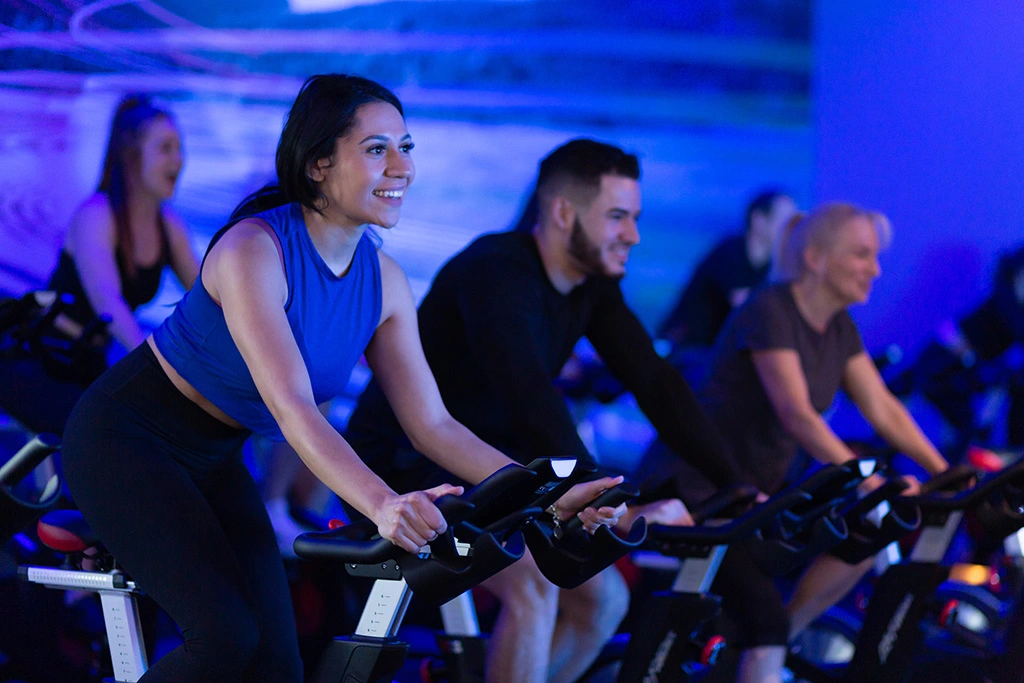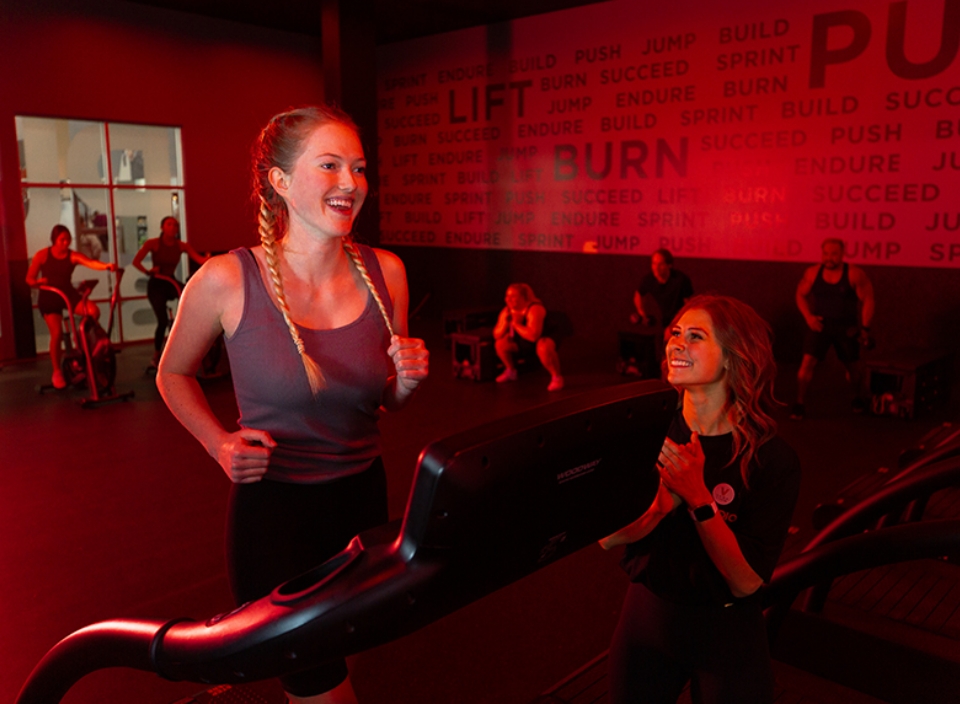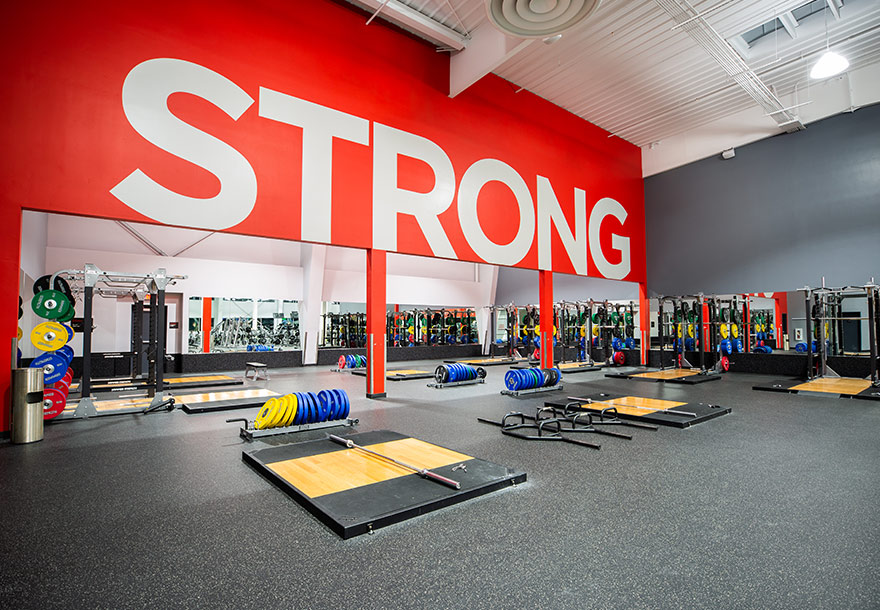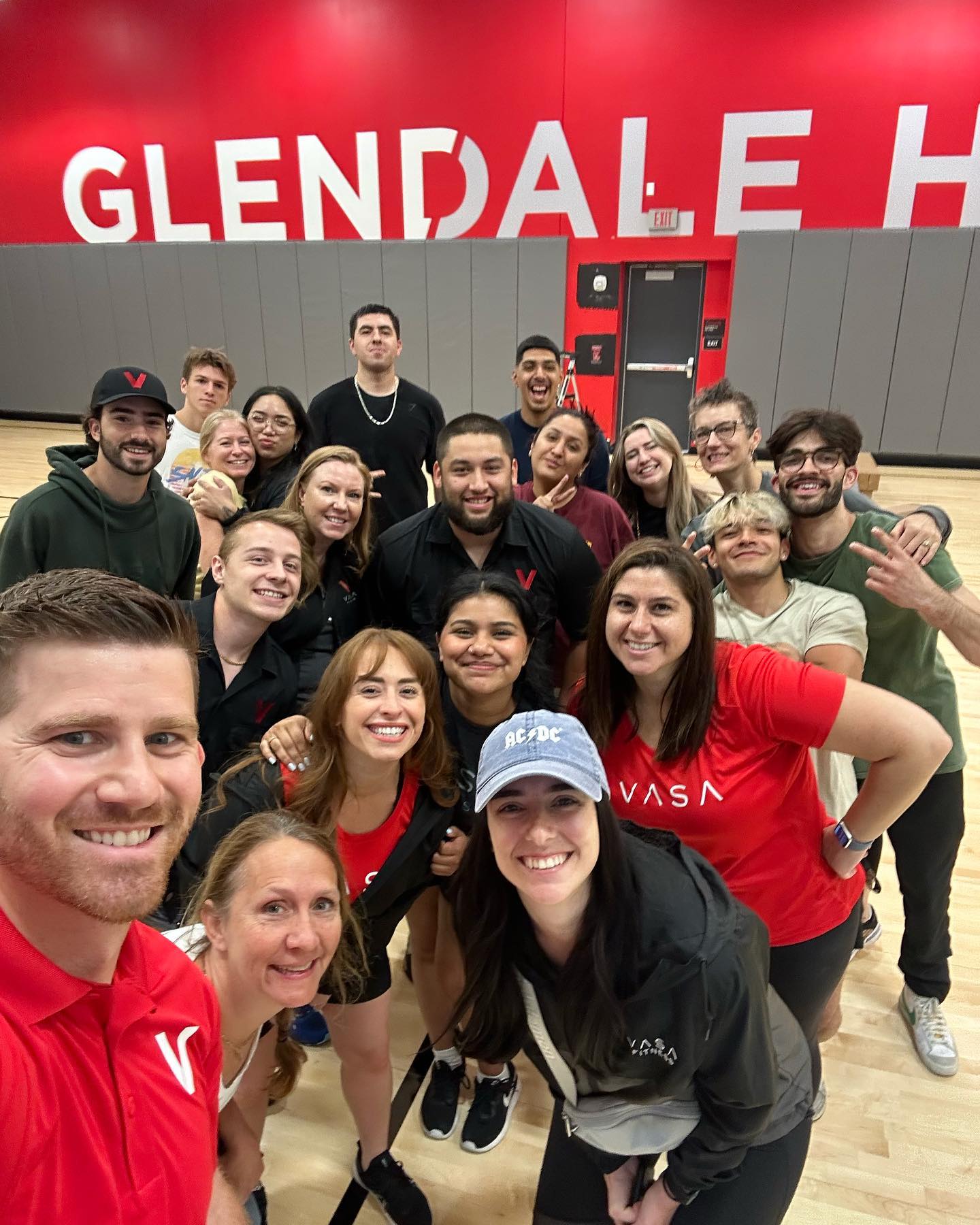Zone 2 Cardio Training: Improve Endurance & Burn Fat
Quick Summary
Zone 2 cardio training is a low to moderate intensity workout that improves cardiovascular fitness, endurance, and fat utilization by keeping the heart rate between 60%–69% of maximum. Often called the “fat burning zone,” Zone 2 builds aerobic capacity, enhances recovery, and supports metabolic flexibility by teaching the body to switch efficiently between fat and carbohydrate fuel sources. Unlike high-intensity workouts, Zone 2 training can be maintained for long sessions, done on consecutive days, and reduces injury risk while supporting long-term health.
This article explains the five training zones, outlines how Zone 2 burns fat, details health and performance benefits, and provides practical methods to determine your Zone 2 heart rate range. It also highlights how Zone 2 fits into both endurance and weight loss programs and why it forms the foundation for long-term fitness success.
What it offers:
- Defines Zone 2 cardio and its role in building aerobic capacity and endurance.
- Explains how Zone 2 training improves fat burning, recovery, and overall cardiovascular health.
- Breaks down the five heart rate zones and how they affect performance and metabolism.
- Provides methods for calculating Zone 2 heart rate, including the 220-age formula and talk test.
- Highlights benefits for both endurance athletes and individuals aiming for weight loss or better health.
Who it’s for:
Endurance athletes, recreational exercisers, weight-loss seekers, and anyone looking to improve cardiovascular health, metabolic flexibility, and long-term fitness with sustainable training.
Zone 2 cardio is a buzzword that has made the rounds on social media and in training programs. Despite this, many people don’t understand what it means and how much of a positive impact it can have on health, performance, and recovery. The motto of Zone 2 cardiovascular training is “train slow to go fast”. When you train in Zone 2, you will be working at a low intensity for a long time, which positively impacts your ability to work harder during tough workouts in the future. Zone 2 is a type of aerobic workout that builds aerobic capacity and endurance. Research suggests that Zone 2 cardio is effective for improving cardiovascular fitness and endurance, by improving the body’s ability to utilize oxygen efficiently and switch between fat and carbohydrate fuel sources, enhancing metabolic flexibility and endurance.
For endurance athletes like distance runners, about 80% of their training is spent building a huge aerobic base, and the rest of their training focuses on speed work and race pace practice. Training at all three intensities lead to a good race day performance. For those wanting to lose body fat (like aesthetic athletes), Zone 2 work is considered the fat– burning zone because it utilizes fat as an energy source and can preserve muscle mass when in a caloric deficit.
Regardless of your fitness goals, Zone 2 cardio training has a place in your program. You can perform Zone 2 with any preferred cardio method, such as cycling, swimming, brisk walking, or even a light jog, making it accessible and flexible for everyone.

The Five Training Zones of Exercise Intensity
What are these Zones we keep referring to? Five heart rate zones, ranges of percent of maximum heart rate, have been defined to differentiate between intensities and their effects on overall fitness. The higher zones of three through five push your ability to maintain the intensity of a workout and tolerate higher heart rates.
Typically, the lower zones are associated with “fat burning.” The body uses three types of fuel: carbohydrates, fats, and proteins. While all three constantly fuel the body, the intensity of work determines what your body will use first.
Understanding the five heart rate training zones is a great way to optimize your workout routine and achieve your fitness goals.
- Zone 1: Very low intensity. This is the easiest level, where you can sing comfortably while exercising. It’s ideal for warm-ups, cool-downs, and active recovery.
- Zone 2: Low to moderate intensity, often called the fat burning zone. This is the zone we’re focusing on today. Here, you can hold a conversation without much effort. This zone is perfect for endurance training, weight loss, and building a strong aerobic base.
- Zone 3: Moderate to high intensity. Speaking in full sentences becomes more challenging, but you can still manage short phrases. This zone helps improve aerobic capacity and prepares you for more intense workouts.
- Zone 4: High intensity. You can only speak a few words at a time. Training in this zone boosts your ability to sustain high-intensity work and increases your lactate threshold.
- Zone 5: Maximum effort. Talking is nearly impossible. This zone is reserved for short bursts of all-out effort, pushing your heart rate to its upper limits.
By understanding and utilizing these five zones, you can design a balanced workout routine that supports fat burning, endurance, and overall cardiovascular fitness, while also reducing the risk of overtraining or injury.

How Zone 2 Cardio Works To Burn Fat
Zone 2 training helps burn fat as a primary fuel source, but it does not specifically target body fat for reduction. As heart rate increases, the body utilizes less overall fat for energy production and relies more on carbohydrates for energy. Zone 2 burns fewer calories per session compared to higher intensity workouts, which can impact fat loss and losing weight goals.
Total calorie burn is generally higher per minute at higher intensities, and higher intensity workouts burn more calories per minute, making them more effective for weight loss. Adjusting training intensity can help optimize fat loss and overall results, so combining different zones may be beneficial depending on your goals. However, you are still burning fat no matter what training zone you are in.
Benefits of Zone 2 Cardio
Zone 2 cardio offers a wide range of benefits that make it a cornerstone of effective aerobic training. By working at a moderate intensity, you can significantly improve your cardiovascular fitness and endurance performance, allowing your body to handle longer periods of physical activity with less fatigue. One of the major benefits of Zone 2 training is its ability to enhance fat burning, making it an excellent choice for those focused on weight loss or improving body composition.
This type of aerobic exercise also supports faster recovery between intense workouts, as it increases blood flow and helps clear metabolic byproducts from your muscles. Because Zone 2 training is lower in intensity compared to high-intensity interval training (HIIT) or other intense exercise methods, it puts less stress on your musculoskeletal system, reducing the risk of injury and making it suitable for people of all fitness levels. The Zone 2 heart rate range, 60%-69% of your maximum heart rate, can be maintained for a long period, often 60+ minutes, and can be done on back-to-back days if needed. Consulting a personal trainer can help tailor Zone 2 workouts to your individual needs and goals.
In addition to physical benefits, Zone 2 cardio can boost mental health by releasing endorphins and reducing stress. Building a strong aerobic base through regular Zone 2 workouts not only supports overall health but also prepares your body for higher intensities and more challenging endurance sports. By incorporating Zone 2 training into your fitness routine, you’ll improve your body’s ability to use fat as an energy source, support weight loss, and enjoy a more sustainable approach to long-term fitness.
Examples of Zone 2 activities include cycling, swimming, brisk walking, recovery ride, and recovery run. Spending more time in Zone 2 during cardio days will improve your performance in higher zones. Regular Zone 2 training can also help lower your resting heart rate over time, which is a key indicator of improved cardiovascular fitness. It will also improve your quality of life! Zone 2 cardio training can help offset poor metabolic health so you can avoid chronic disease states like Type II Diabetes and cardiovascular disease. For a balanced fitness routine, consider adding strength training alongside your Zone 2 cardio sessions.

Determining Your Zone 2 Cardio Heart Rate
Finding your Zone 2 cardio heart rate range starts with estimating your maximum heart rate. There are several ways to get this number, but an easy place to start is subtracting your age from 220.
Multiply that number by .6 and .69 to establish the target heart rate range for your Zone 2. A 30-year-old person would get their heart rate range this way:
220 – 30 = 190
190 x .6 = 114
190 x .69 = 131
The person in the example above would try to keep their heart rate between 114 beats per minute and 131 beats per minute for their Zone 2 cardio workouts. This may seem low for the workout to be beneficial, but keep in mind, training long and slow will help you during tougher workouts.
Another simple way to gauge your exercise intensity is the talk test: if you can comfortably hold a conversation while working out, you’re likely in Zone 2. Using a heart rate monitor or fitness tracker can help you stay within your target zone and ensure you’re getting the full benefits of Zone 2 training.
By monitoring your heart rate and adjusting your workout plan accordingly, you can maximize endurance performance, support overall health, and make your fitness routine more effective. Whether you’re aiming to lose weight, improve cardiovascular fitness, or build a strong aerobic base, understanding and applying Zone 2 training will help you reach your goals safely and efficiently.
Start Integrating Zone 2 Cardio at VASA
When you’re looking for a great recovery routine, or aren’t feeling motivated to get in a hard sweat session, try a casual walk or other low intensity exercises to engage your zone two cardio level at your local VASA gym! If you need help finding the best ways to integrate Zone 2 cardio into your personal fitness, connect with a VASA Personal Trainer to create a custom workout plan now.
Frequently Asked Questions About Zone 2 Cardio Training
What is Zone 2 cardio training?
Zone 2 cardio is low to moderate intensity exercise that keeps your heart rate between 60%–69% of maximum. It builds aerobic endurance, improves fat utilization, and supports recovery without putting excessive stress on the body.
Why is Zone 2 called the fat burning zone?
Zone 2 uses fat as a primary fuel source at lower intensities, making it effective for fat metabolism. While it doesn’t target body fat directly, it trains the body to burn fat more efficiently, which supports weight loss and metabolic health.
How do I know if I’m in Zone 2?
You’re in Zone 2 if you can maintain a conversation comfortably while exercising. Using a heart rate monitor, aim for 60%–69% of your maximum heart rate (calculated as 220 minus your age).
How long should I train in Zone 2?
Most Zone 2 workouts last 45–90 minutes, but sessions can be longer since the intensity is low. Athletes often spend several hours each week in Zone 2 to build a strong aerobic base.
What are examples of Zone 2 cardio workouts?
Zone 2 can be achieved with activities like brisk walking, light jogging, cycling, swimming, or rowing at a steady pace. Recovery rides or runs also fall into this category.
Is Zone 2 better than high intensity training?
Neither is better; both serve different purposes. Zone 2 builds endurance and fat metabolism, while high intensity training boosts speed, power, and calorie burn. A balanced routine includes both.
Who should do Zone 2 training?
Zone 2 is suitable for nearly everyone, from endurance athletes to people starting a fitness program. It benefits those aiming to improve cardiovascular health, lose weight, recover faster, or avoid chronic disease risk.
RECOMMENDED
SUBSCRIBE TO OUR BLOG
Enter your email to start receiving our blog emails!









